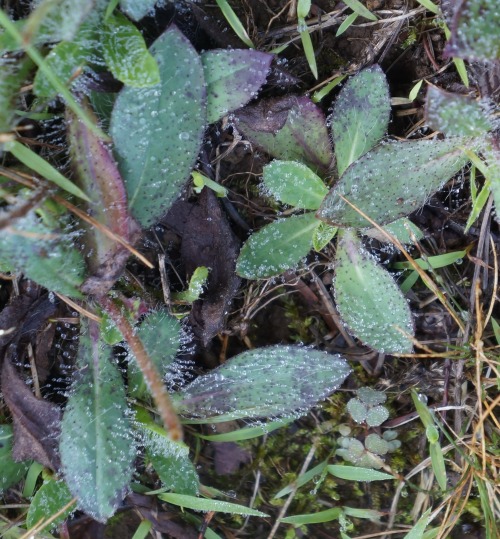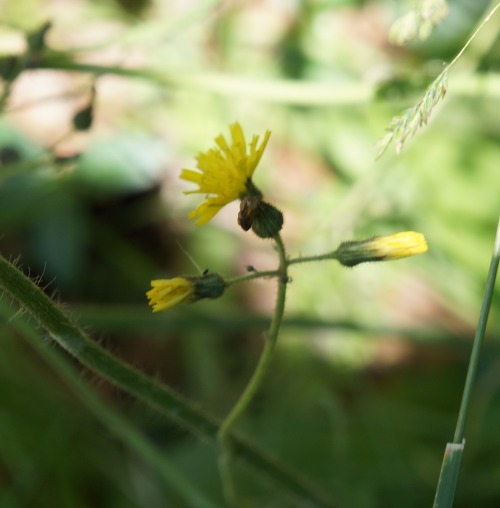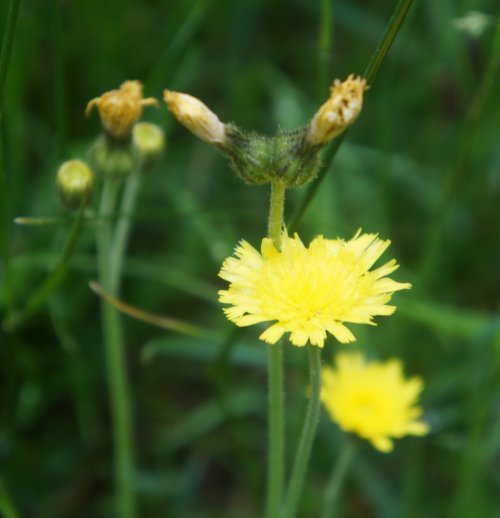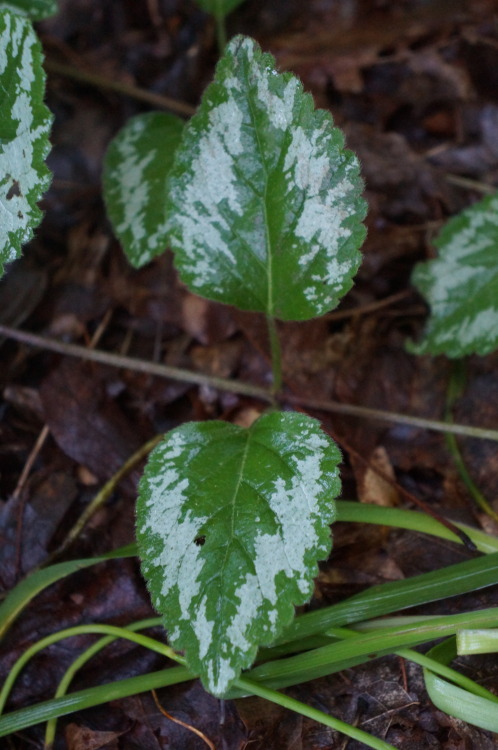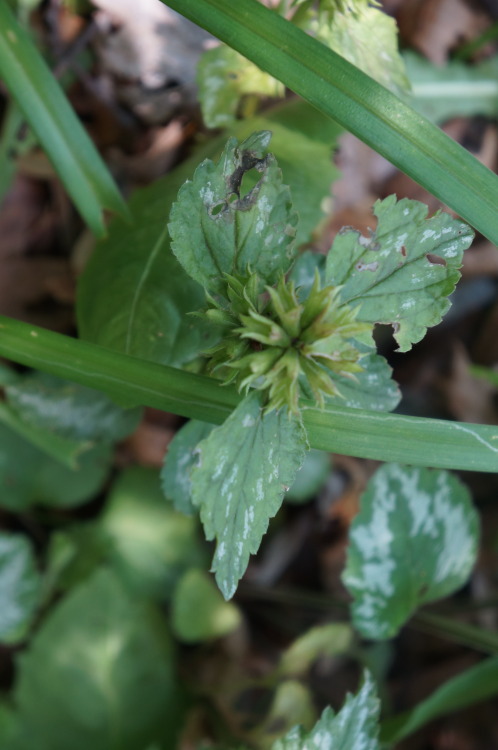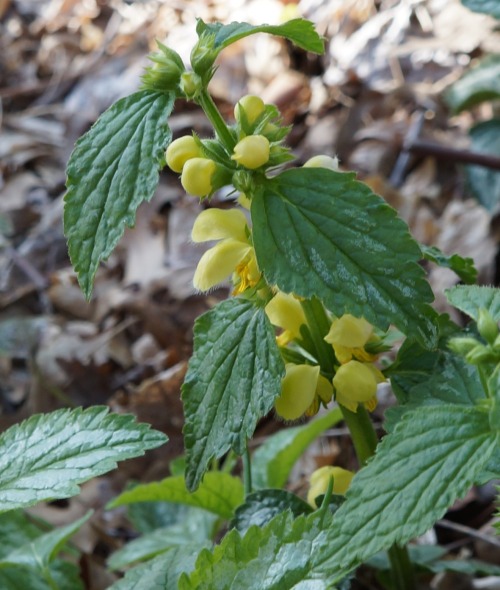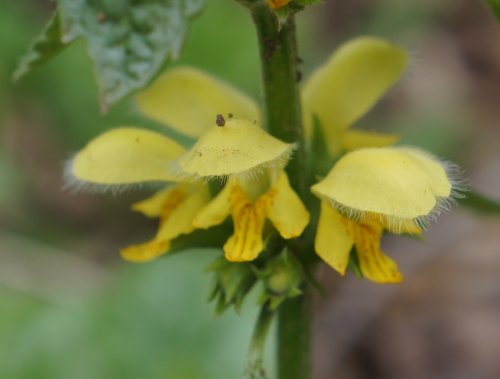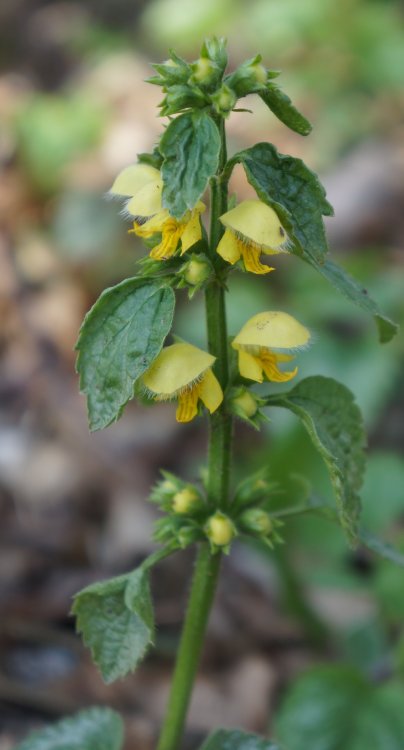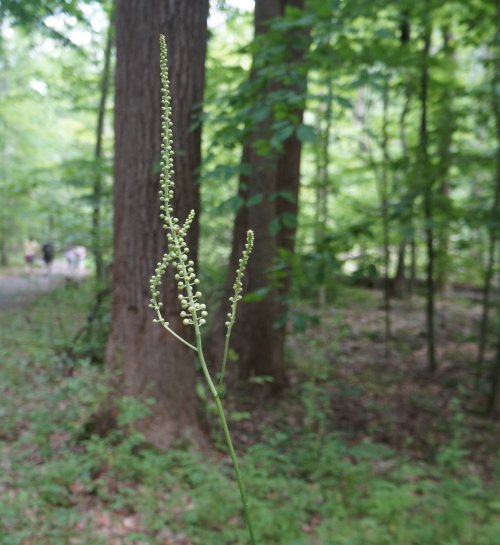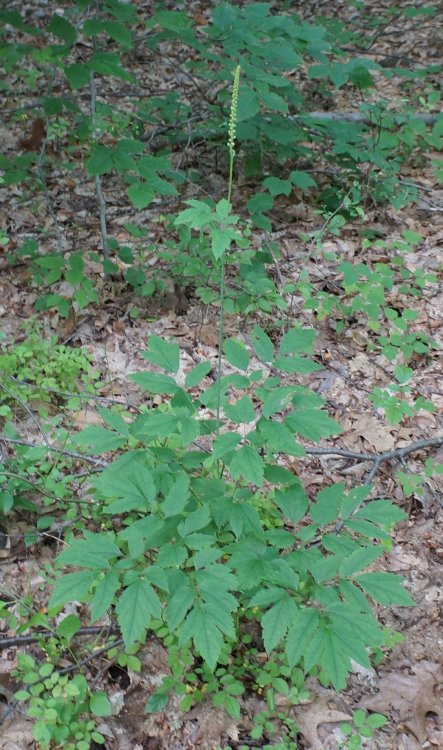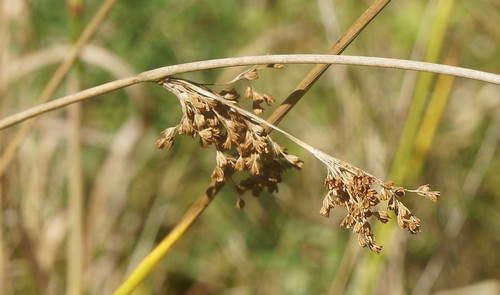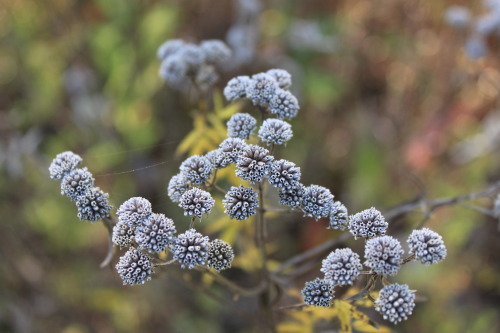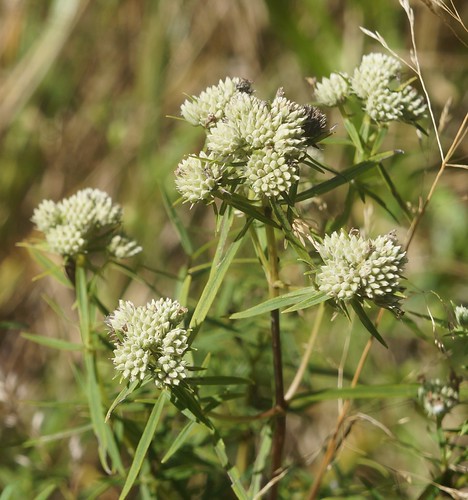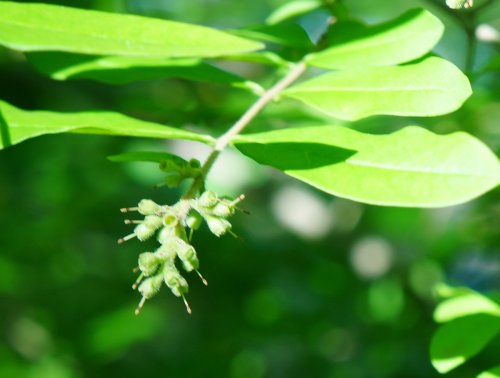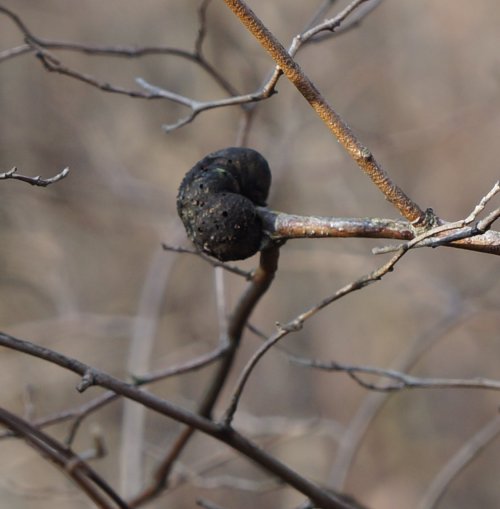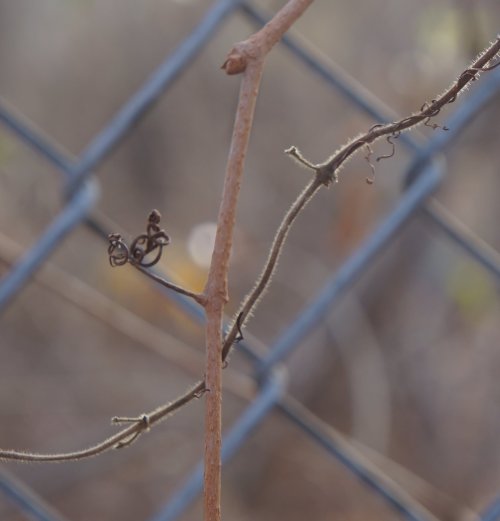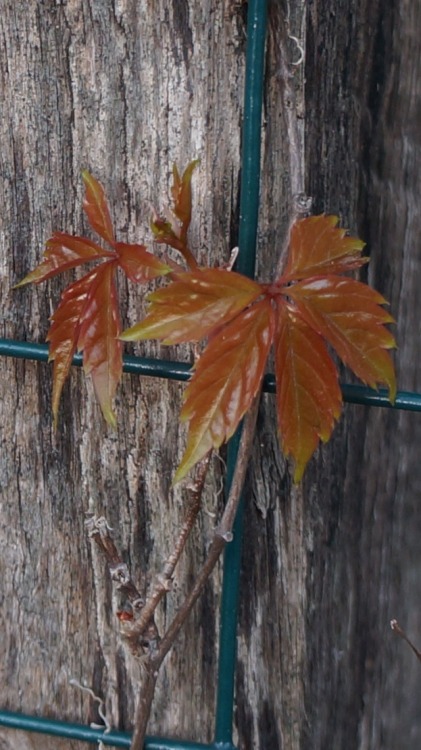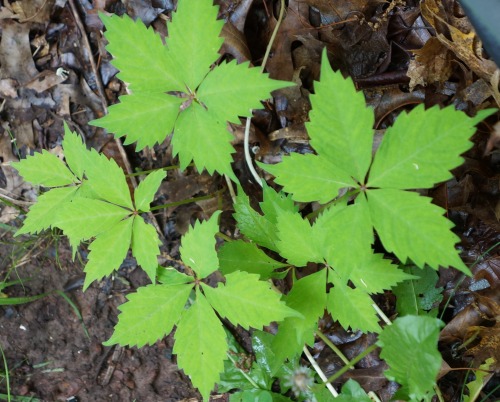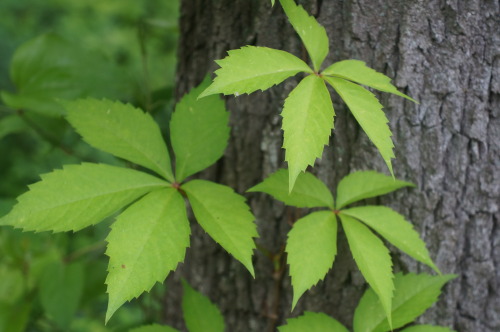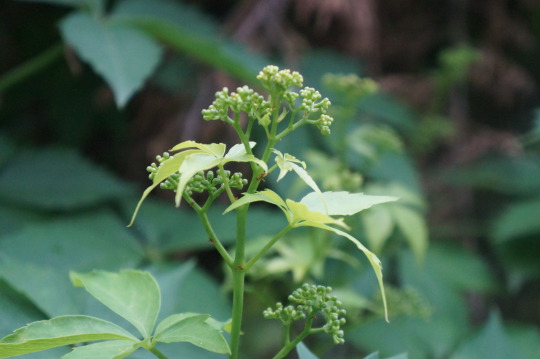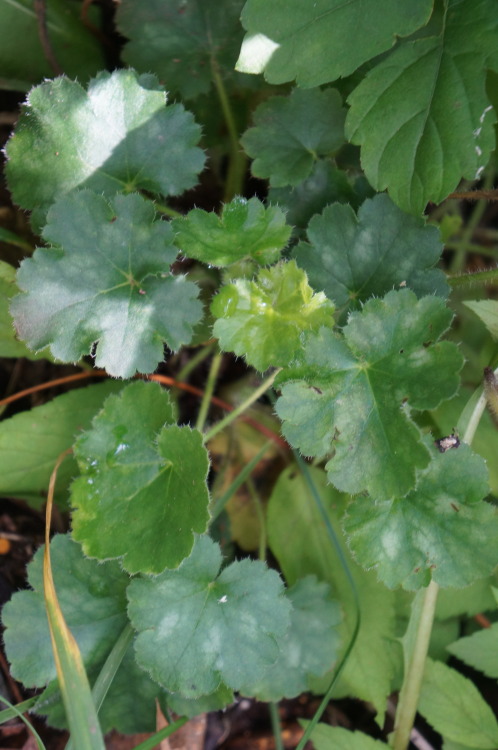
Monday, August 5, 2013
Black Raspberry (Rubus occidentalis)
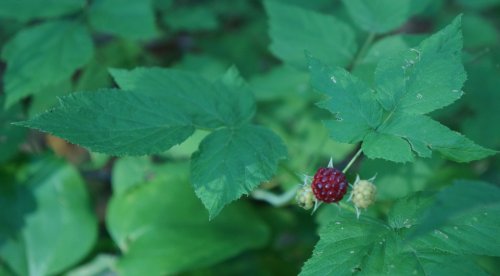 |
| Black Raspberry, Rubus occidentalis, leaves and ripening fruit |
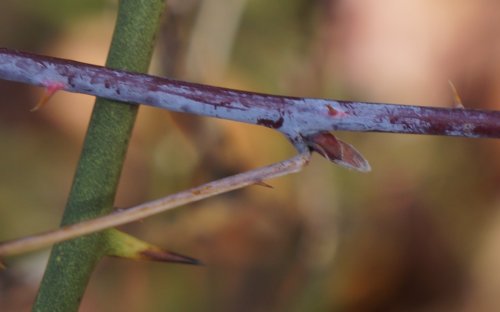 |
| Black Raspberry, Rubus occidentalis, cane (purple-ish) with greenbriar |
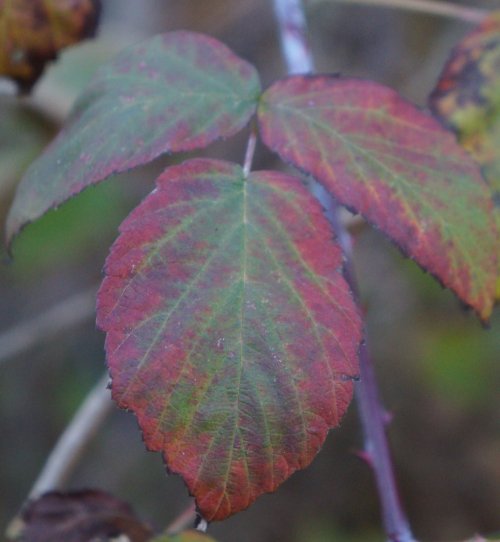 |
| Black Raspberry, Rubus occidentalis, fall leaf |
Blackberry (Rubus sp., probably argutus)

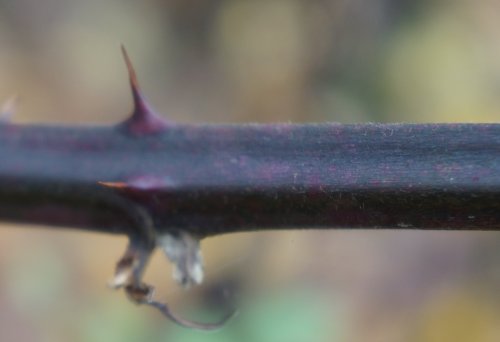
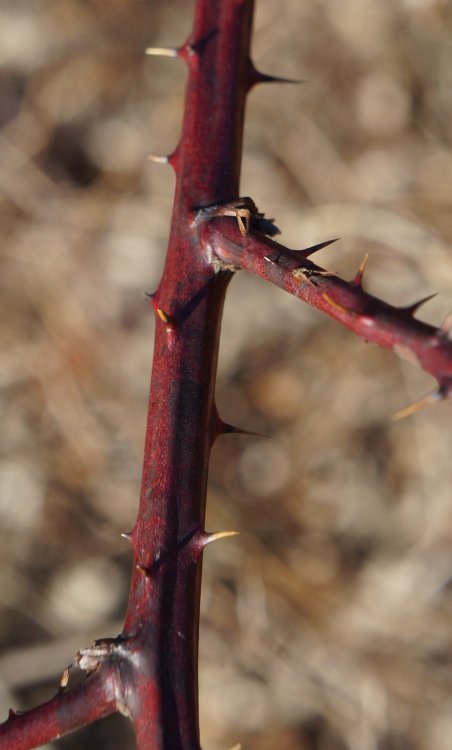
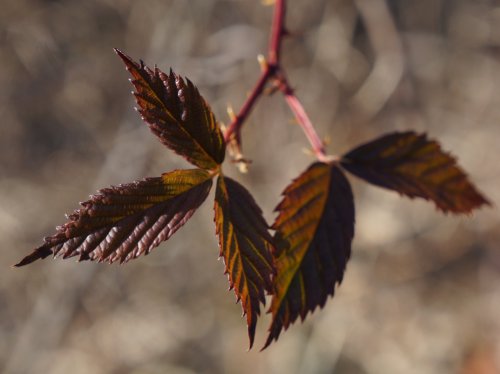
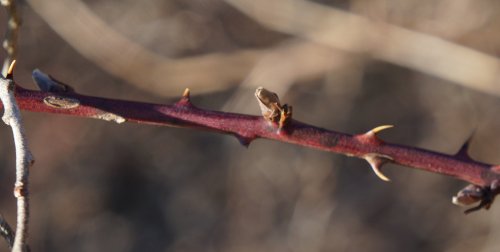


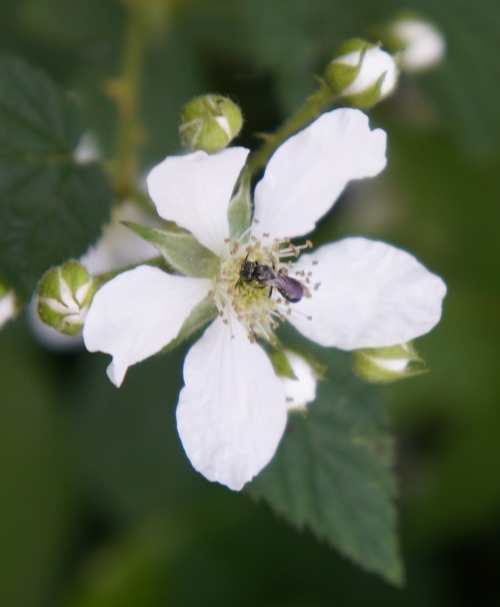
Blackberry canes live for two years. The first year they grow leaves with five parts, arranged like a fan. At the end of that year, any canes who's tips touch the ground may well root at the tips, forming new first-year canes there the next year.
In the second year, blackberry canes grow flowers and fruit, and their leaves are generally three-parted.
There are many species of blackberry and they all interbreed, so identifying a certain one is hard. All blackberries have fruit that, when it detaches from the stem, keeps the receptacle (the white pithy center of the fruit) with it. Raspberries are different; they leave the receptacle behind, and come away hollow in the middle. Nearly all blackberries have fruit that is black when fully ripe, though red and yellowish types exist.
Blackberries can easily be divided into two groups: Highbush Blackberries (those on this page), with canes that arch into the air and Dewberries, which trail along the ground.
In trying to key out species of blackberry, it's important to find both first-year and second-year canes. Then notice if the canes are round or fluted, how large, strong, and recurved the thorns are, if there are bristles as well (these are more common in the shade), the texture of the leaves, if the leaf stems have thorns as well, the shape of the center leaflet, and how many flowers or berries there are in a given group. Even with all that information it may not be possible to identify a given blackberry to species.
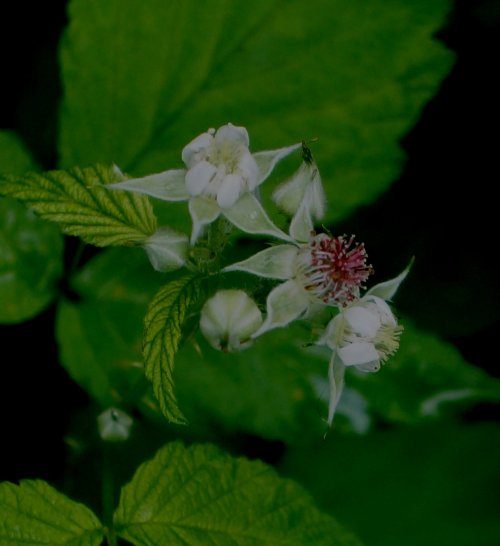
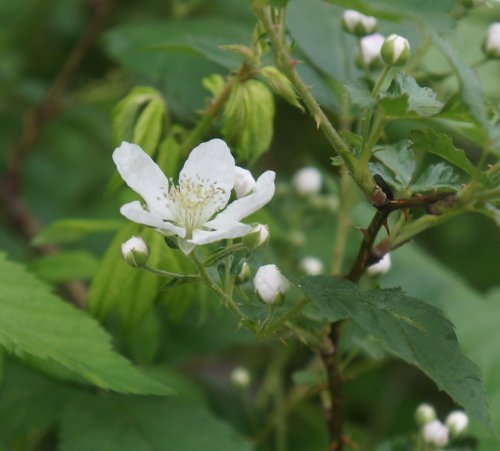
Subscribe to:
Posts (Atom)
